Fashion and film have always been deeply intertwined. Movies don’t just entertain — they inspire and influence the way people dress and express themselves. From the glamor of Old Hollywood to the grunge of the ’90s, iconic movie outfits have often defined entire eras and made lasting impressions on pop culture. In this post, we explore the most unforgettable movie fashion moments that transcended the screen and became pivotal touchstones in pop culture history. Let’s dive into how costume design shaped trends and turned movie characters into style icons.
1. Audrey Hepburn in “Breakfast at Tiffany’s”
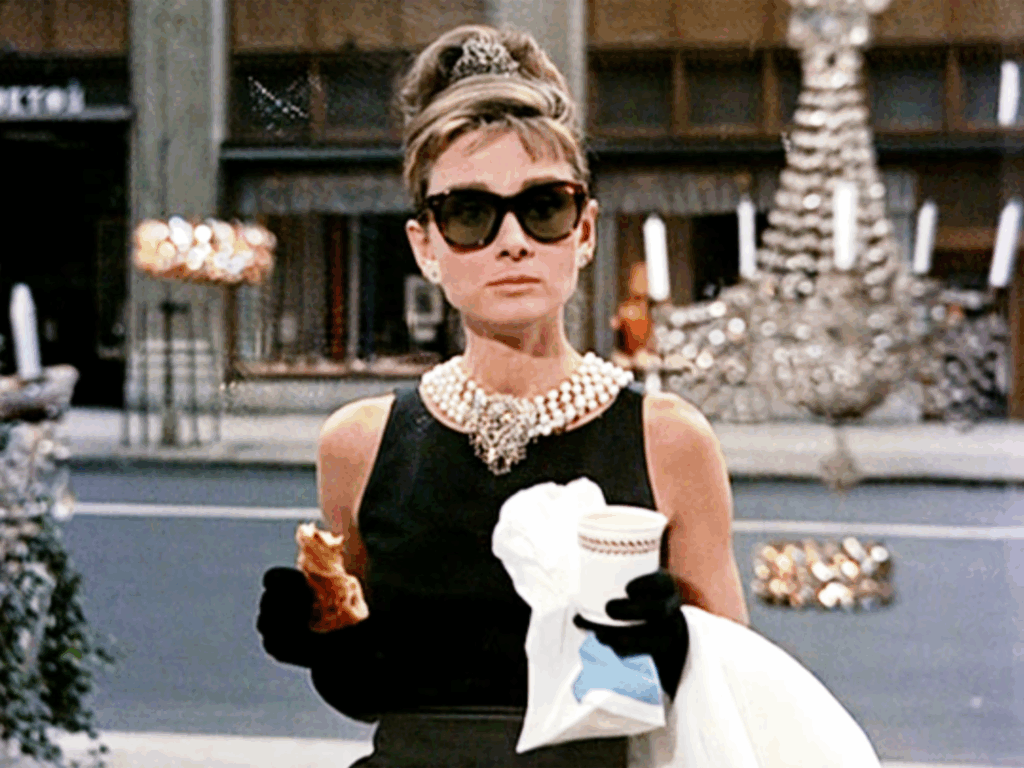
Few looks are as iconic as Audrey Hepburn’s little black dress in “Breakfast at Tiffany’s.” Designed by Hubert de Givenchy, this outfit elevated the LBD to a timeless fashion staple. Paired with pearls and oversized sunglasses, Hepburn’s style still influences modern fashion and remains a staple in pop culture references.
2. John Travolta in “Saturday Night Fever”

The white three-piece suit worn by John Travolta in “Saturday Night Fever” defined disco-era fashion. This flashy, confident look brought the dance floor to life and cemented its place in the world of pop culture. The film made it cool to dress for the dance floor and inspired fashion trends throughout the ’70s.
3. Uma Thurman in “Pulp Fiction”

Uma Thurman’s character, Mia Wallace, became a style icon with her crisp white shirt, black pants, and sleek bob. Quentin Tarantino’s “Pulp Fiction” not only redefined cinema but also gave us one of the most enduring fashion images in pop culture — edgy, minimalist, and unforgettable.
4. Diane Keaton in “Annie Hall”
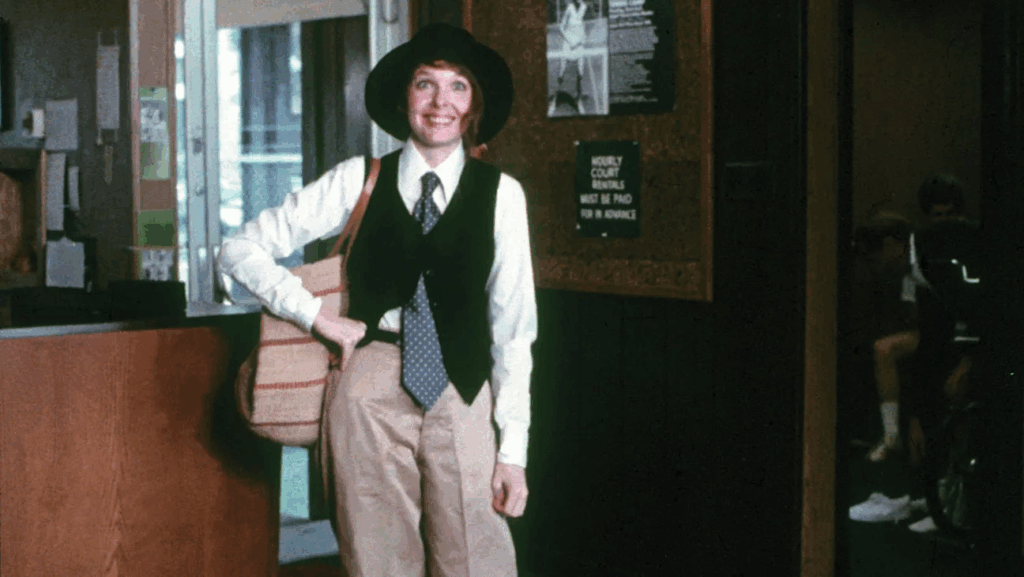
Diane Keaton’s androgynous style in “Annie Hall” changed women’s fashion in the late ’70s. Her mix of ties, waistcoats, and oversized trousers created a unique look that challenged gender norms. It quickly became a symbol of self-expression and a major influence on pop culture fashion trends.
5. Olivia Newton-John in “Grease”
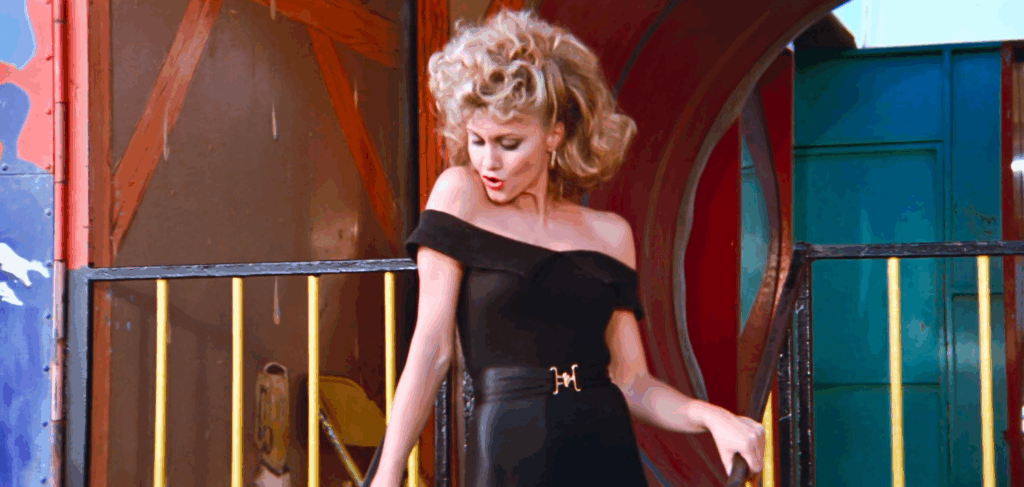
When Sandy transformed at the end of “Grease,” so did fashion. Her tight black pants and leather jacket signaled a bold, rebellious new image. This scene became a defining pop culture moment and showed how fashion could symbolize personal evolution and empowerment.
6. Cher Horowitz in “Clueless”
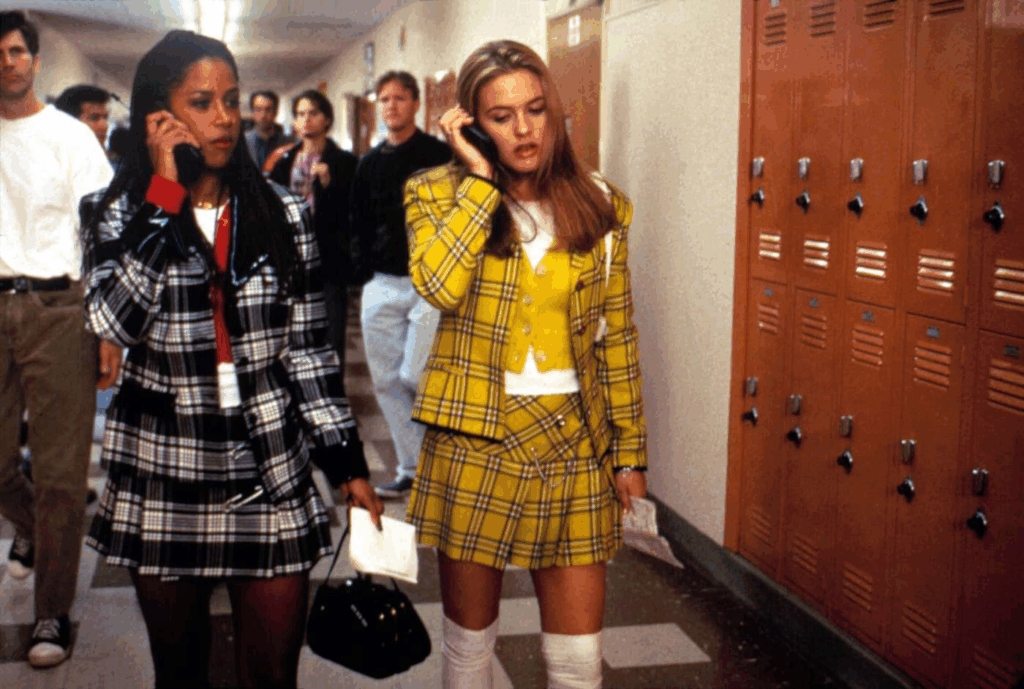
The plaid yellow blazer and skirt worn by Alicia Silverstone’s Cher is synonymous with ’90s fashion. “Clueless” captured the vibrant youth culture of the decade and became a touchstone in fashion and pop culture. Cher’s wardrobe was so influential it still resurfaces in fashion runways and retrospectives.
7. The Matrix – Neo’s Black Trench Coat

Keanu Reeves as Neo made sleek, futuristic fashion mainstream in “The Matrix.” His long black trench coat, sunglasses, and combat boots symbolized rebellion and the power of individuality. The look became iconic in both fashion circles and pop culture, especially in discussions of cyberpunk aesthetics.
8. Marilyn Monroe in “The Seven Year Itch”
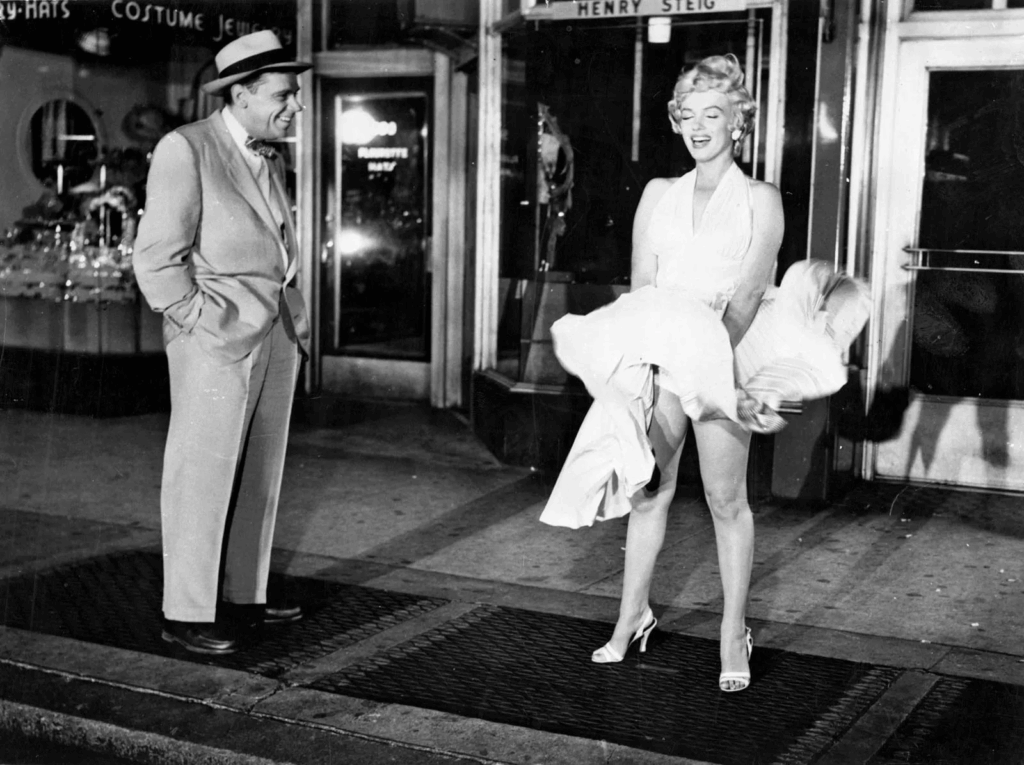
Marilyn Monroe’s white halter dress blowing over the subway grate is one of the most famous fashion moments in cinema history. It embodies old-school glamor and is frequently referenced in pop culture. Monroe’s look continues to inspire designers and fans alike to this day.
9. Lady Gaga in “A Star Is Born”

Lady Gaga’s stripped-down, natural style in “A Star Is Born” showcased the power of authenticity. In contrast to her theatrical public persona, this look made a statement in fashion and pop culture about vulnerability and personal transformation through style.
10. Zendaya in “Dune”

Zendaya’s futuristic and minimalistic look in “Dune” marked a shift in how fashion aligns with sci-fi storytelling. Her sand-toned suits, layered fabrics, and utilitarian style represent a blend of fashion and function that has resonated in pop culture discussions about the future of style.
Conclusion: When Fashion Meets the Movies
These iconic fashion moments didn’t just define characters — they shaped the cultural landscape and became pivotal to pop culture itself. Costume design in movies goes far beyond aesthetics; it builds identity, fuels trends, and tells powerful stories that audiences never forget. Today, social media continues to amplify these moments, ensuring that fashion and pop culture remain forever intertwined. Whether it’s a red carpet appearance or a cinematic close-up, the fusion of film and fashion will always create waves that ripple far beyond the screen.
As we’ve seen, fashion moments on screen often live forever — influencing generations, sparking trends, and embedding themselves in the very DNA of pop culture. And we can only expect more iconic looks in the years to come.
